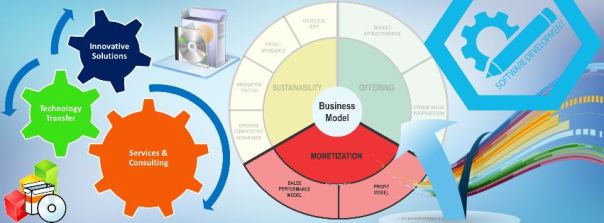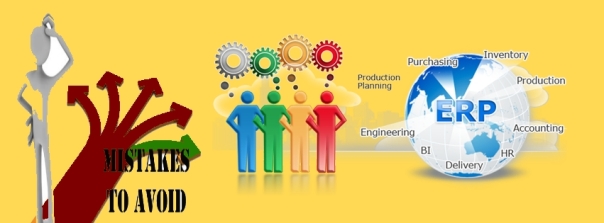Today, the software industry is about renovation instead of innovation. The business is becoming a service business. As the industry grew, it focused on building proprietary apps that did not work together. Now, service providers must work within the new market constraints, being focused on client requirements and developing products that seamlessly work together.
The usage-model-driven analysis for developing software services strategy and business model could find the optimal market fit for the solutions. The critical inputs to the enterprise replica are customer needs, software usage model, the competition, and skillsets and existing partnerships. It is important to determine who the consumers of the end product will be and how they are going to use it. They could be ‘mobile’ workers accessing the app remotely such as a sales force. In this scenario, a SaaS or Software-as-a-Service route definitely makes sense and would have minimal or no impact at all on the users.
Users could be in-house ‘power users’ with huge amounts of data, plenty of I/O, and performance sensitive. An SaaS model is unlikely especially if network latency sensitivity is a concern. Another factor that should be considered is how the app will be actually used. It is necessary to determine if consumers are individuals or if they have to work collaboratively, share sessions or data perhaps, etc. It is also important to find out if real-time interactivity is a vital factor or otherwise. All these could help determine the corporation model and services strategy options.
An organization should also consider the technical usage characteristics of the application. Considerations like intensive data I/O, network latency sensitivity or tight integration with other apps make a move to SaaS unlikely. Determine if there are other end users who could use the program, perhaps in a different method if it is offered as a service. There are instances when new users and sales growth grow more obvious when one steps out of the box of what the framework is and does. There should also be some up-front planning on additional value-add business program services that could be offered with the process and data aggregation that occurs as a result of a hosted service prototype. This could ensure a company to maximize the client value and thus price the task.
Customer’s requests and needs should be evaluated. Determining if they ask for a different approach to use the program, historically early adopters, taking risks with new technology or new approaches or late adopters is vital for the kind of strategy to build. Keeping tabs of the competitors is another vital factor. One should be able to keep a close eye on the changes in models that the competitors are making. If they do make changes, it is necessary to determine what works and what does not.
A switch in software services strategy would often mean a change in the set of skills required of the owner and the company and/or the vendor partnerships needed. There is also the issue of capital and financial resources. Would a change in the business replica require investment in software product development, marketing or sales? Are there resources that could support this? Any change therefore should be planned and funded properly; otherwise it makes no sense despite the potential organization opportunity.




